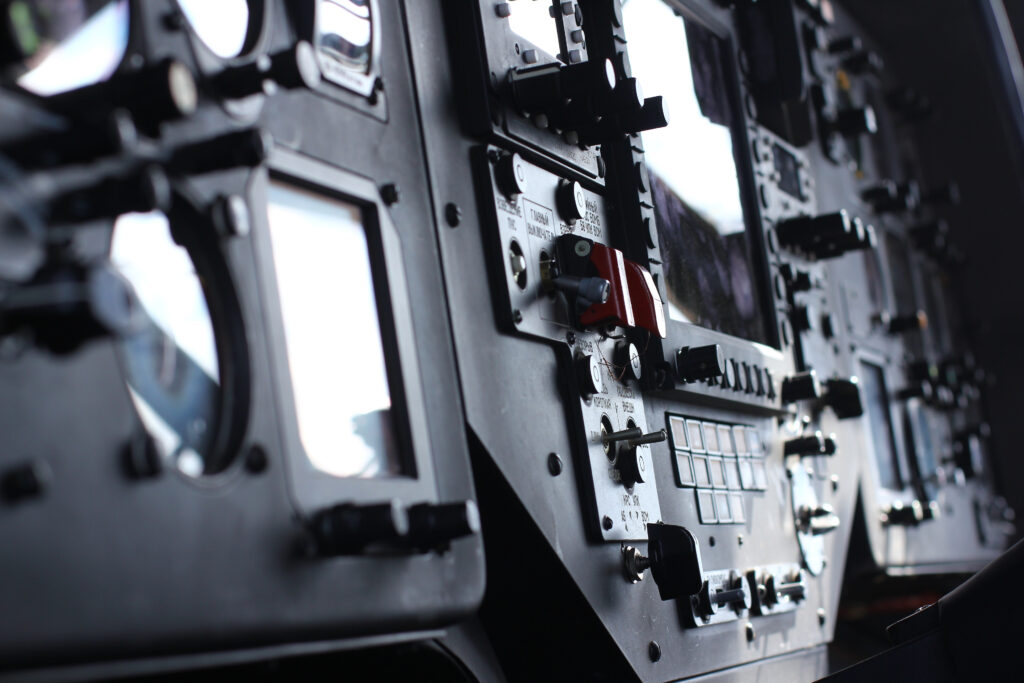The TSA Issued A New Cybersecurity Amendment On An Emergency Basis
As a cybersecurity company, we welcome the Transportation Security Administration’s (TSA) new cybersecurity requirements for airports and aircraft. The announcement, released on March 7th, 2023, outlines a set of guidelines and protocols that airports and airlines must adhere to in order to strengthen their cybersecurity posture.
The need for increased cybersecurity in the aviation industry has become more apparent in recent years. The threat of cyberattacks against critical infrastructure, including airports and airlines, is growing. Hackers and other malicious actors are constantly seeking vulnerabilities to exploit, and the potential consequences of a successful attack could be catastrophic.
The new TSA requirements aim to address these concerns by providing a standardized approach to cybersecurity across the industry. Among the key requirements are the implementation of multi-factor authentication for all employees with access to sensitive systems and data, regular vulnerability assessments and penetration testing, and the use of encryption for sensitive data both in transit and at rest.
These are all important steps in the right direction, but at Fleet Defender we believe that this is a first step. It is not enough to rely solely on procedures and protocols to secure critical systems and data. We need to go beyond that and develop on-platform technology that can detect and respond to threats in real-time.

This is where the concept of “active defense” comes in. Active defense refers to the use of proactive measures to defend against cyberattacks, rather than simply relying on passive defenses such as firewalls and antivirus software. Active defense technologies include tools such as intrusion detection and prevention systems, threat intelligence platforms, and security orchestration and automation platforms.
By implementing active defense technologies, airports and airlines can better protect themselves against the ever-evolving threat landscape. These tools can detect and respond to threats in real-time, helping to minimize the damage caused by a successful cyberattack.
Of course, the implementation of active defense technologies is not without its challenges. These tools require significant investment in terms of both time and money. However, the cost of these technologies is reducing.
The benefits of active defense far outweigh the costs. By investing in these technologies, airports and airlines can better protect themselves and their customers against the growing threat of cyberattacks. In the long run, this investment will pay off in terms of increased security and reduced risk.
In conclusion, the TSA’s new cybersecurity requirements for airports and aircraft are an important step in the right direction. They provide a standardized approach to cybersecurity across the industry and help to address the growing threat of cyberattacks. However, we need to go beyond procedures and protocols and develop on-platform technology that can detect and respond to threats in real-time. By implementing active defense technologies, airports and airlines can better protect themselves and their customers against the ever-evolving threat landscape. It is time to take proactive measures to defend against cyberattacks and invest in the future of cybersecurity.
Want to discuss how Fleet Defender’s affordable solutions can protect your platforms, whether they’re aircraft, tractor trailers, or passenger vehicles, from cyber intrusion? Reach out to us on our Contact Page.

